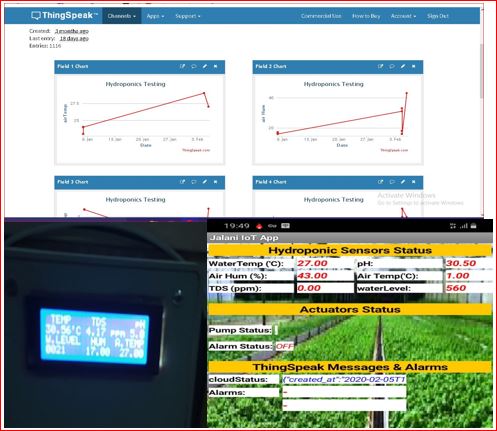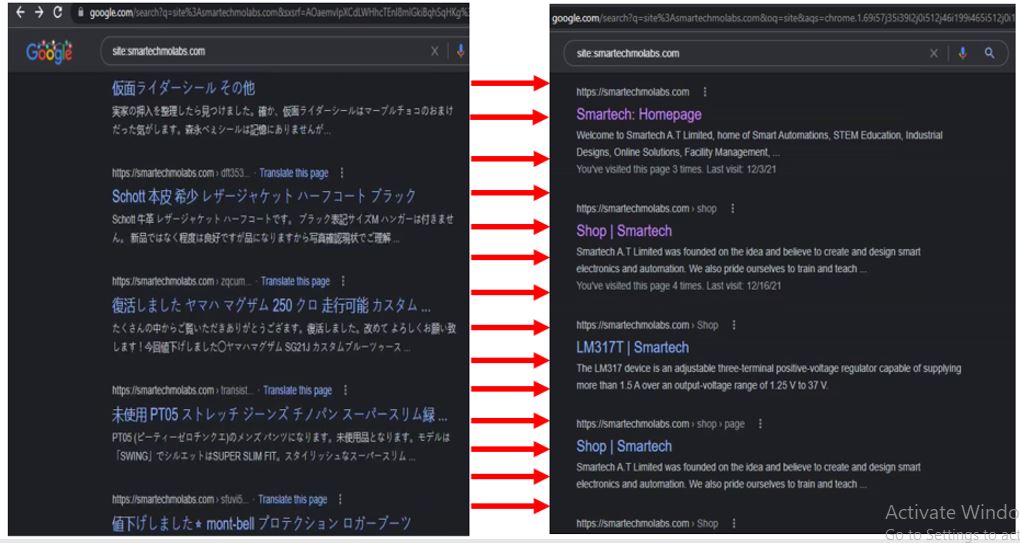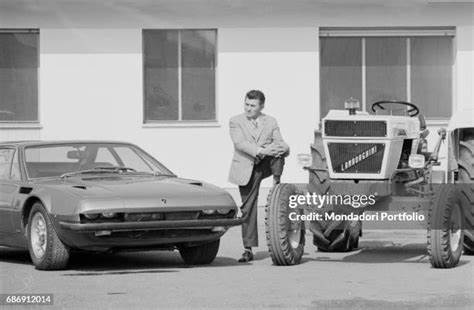
Introduction
Humble Beginnings
Ferruccio Lamborghini was born in 1916 in Renazzo, Italy, into a family of grape growers. His early interest in mechanics led him to study at the Fratelli Taddia technical institute. During World War II, he served in the Royal Italian Air Force, where he honed his mechanical skills. After the war, he founded Lamborghini Trattori in 1948, utilizing surplus military equipment to produce tractors. This venture quickly became successful, as he focused on creating affordable and efficient agricultural machinery, revolutionizing the tractor industry in Italy.
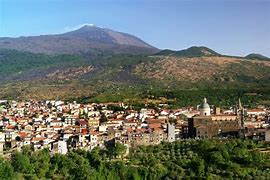
The Birth of Automobili Lamborghini
Despite his success in the tractor business, Ferruccio had a passion for luxury cars. His turning point came after a frustrating experience with a Ferrari 250 GT. When he approached Enzo Ferrari regarding issues with the car, Ferrari dismissed him, suggesting he stick to tractors. This insult ignited Ferruccio’s determination to create his own line of high-performance sports cars, leading to the establishment of Automobili Lamborghini in 1963.
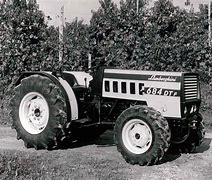
The Rise of Supercars
Lamborghini’s first production car, the 350 GT, debuted in 1964 and was well-received. However, it was the launch of the Miura in 1966 that solidified Lamborghini’s status in the automotive world. The Miura, known for its revolutionary mid-engine layout and stunning design, is often credited as the first true supercar, setting new standards for performance and aesthetics in the industry.
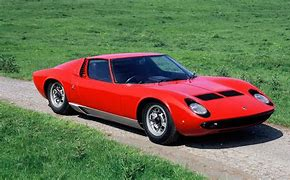
Challenges and Legacy
Throughout the years, Lamborghini faced numerous challenges, including financial difficulties and ownership changes. The global oil crisis and a failed deal with Bolivia in the 1970s led to Ferruccio selling his shares in both the tractor and sports car divisions. Despite these setbacks, Lamborghini has continued to innovate and thrive under new ownership, including Audi, which helped revitalize the brand in the 21st century. Today, Lamborghini is synonymous with luxury and performance, producing models like the Aventador and Huracán, which continue to captivate car enthusiasts around the globe. The brand’s emblematic raging bull reflects Ferruccio’s passion for bullfighting, further embedding the themes of power and speed into its identity.
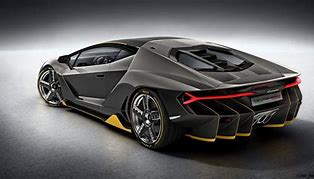
What Role did Enzo Ferrari Play in Lamborghini’s Decision to Create Sports Cars?
Enzo Ferrari played a pivotal role in Ferruccio Lamborghini’s decision to enter the sports car market, primarily through a dismissive encounter that fueled Lamborghini’s ambition. After purchasing a Ferrari, Lamborghini found several issues with the car, particularly with its clutch. Seeking to provide constructive feedback, he approached Ferrari directly. However, Enzo Ferrari’s response was famously brusque, telling Lamborghini to focus on tractors rather than cars, implying that he was unqualified to critique Ferrari’s engineering. This encounter not only insulted Lamborghini but also ignited a competitive spirit within him. Feeling underestimated, he resolved to create his own line of sports cars that would rival Ferrari’s offerings. This led to the establishment of Automobili Lamborghini in 1963, with the intention of producing a superior vehicle—one that would ultimately culminate in the Lamborghini 350 GT, which debuted in 1964 and marked the beginning of Lamborghini’s success in the high-performance automotive sector. Thus, Enzo Ferrari’s dismissive attitude and refusal to accept feedback became a catalyst for Lamborghini’s transformation from a tractor manufacturer to a formidable competitor in the luxury sports car market.
What Specific Improvements did Lamborghini Suggest to Enzo Ferrari?
Ferruccio Lamborghini’s suggestions to Enzo Ferrari primarily revolved around improving the comfort and drivability of Ferrari cars. After purchasing a Ferrari, Lamborghini found it to be more akin to a repurposed track car than a suitable road car, noting that it was excessively noisy and rough to handle. He proposed several design changes aimed at enhancing the luxury and usability of Ferrari vehicles, which he believed could make them more appealing to everyday drivers. However, Enzo Ferrari’s response was dismissive. He famously told Lamborghini that the issues were not with the car but rather with the driver, implying that Lamborghini should focus on his tractor business instead of offering advice on sports cars. This insult galvanized Lamborghini to create his own line of high-performance sports cars, leading to the establishment of Automobili Lamborghini in 1963 and the subsequent development of the Lamborghini 350 GT, which aimed to outperform Ferrari models.
Conclusion
The story of Lamborghini is a remarkable narrative of resilience, innovation, and the relentless pursuit of excellence. From Ferruccio Lamborghini’s humble beginnings as a tractor manufacturer to his bold foray into the world of high-performance sports cars, the brand’s rise is a testament to the power of ambition and creativity. The pivotal encounter with Enzo Ferrari not only ignited Lamborghini’s passion for automotive engineering but also set the stage for a fierce rivalry that would shape the landscape of luxury sports cars. Lamborghini’s commitment to performance, design, and the unique identity of its vehicles has allowed it to carve out a distinct niche in the automotive industry. Today, Lamborghini stands as a symbol of luxury, power, and innovation, with its iconic models continuing to captivate car enthusiasts around the globe. The legacy of Ferruccio Lamborghini lives on, inspiring future generations to dream big and challenge the status quo, proving that sometimes, a single moment of dismissal can lead to extraordinary achievements.
